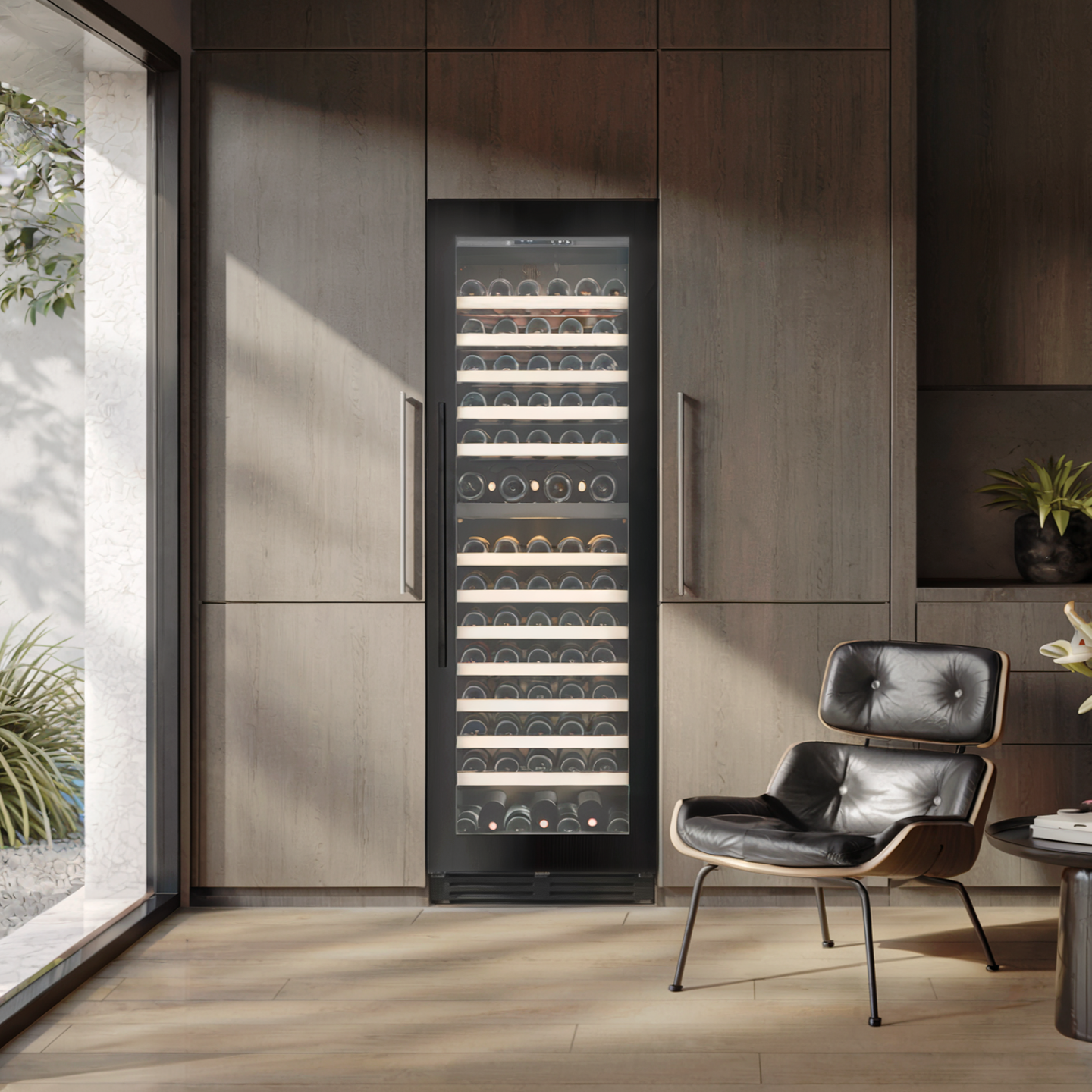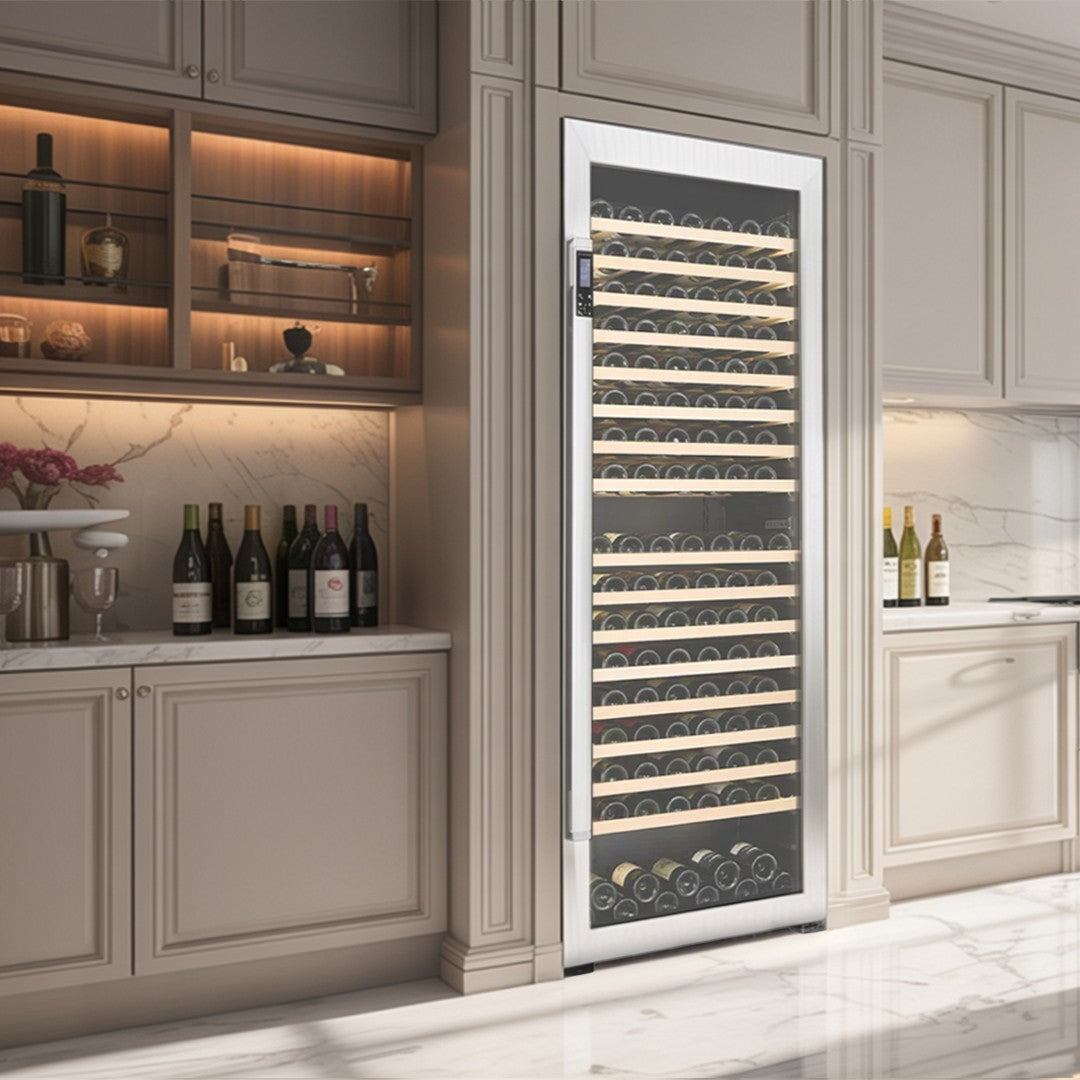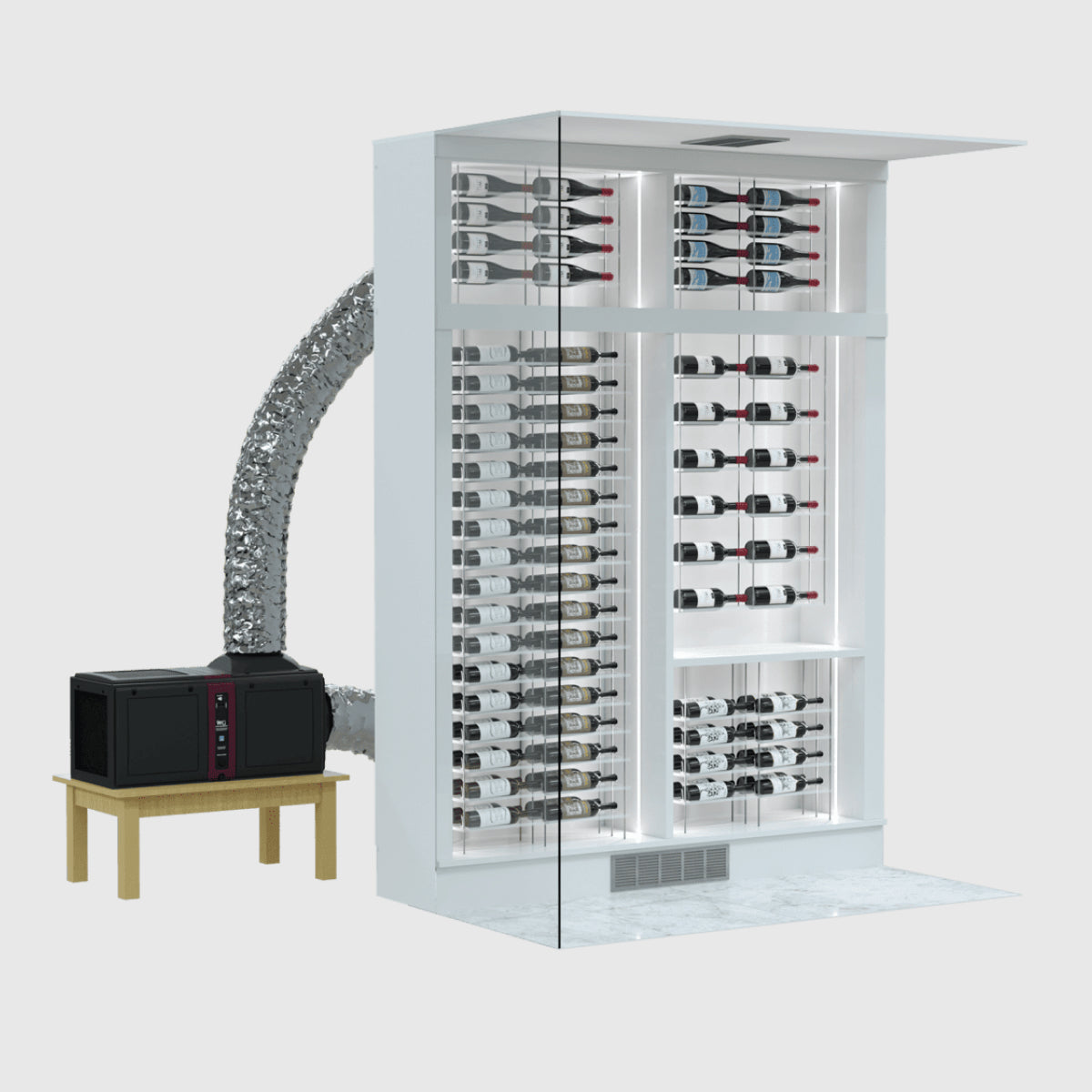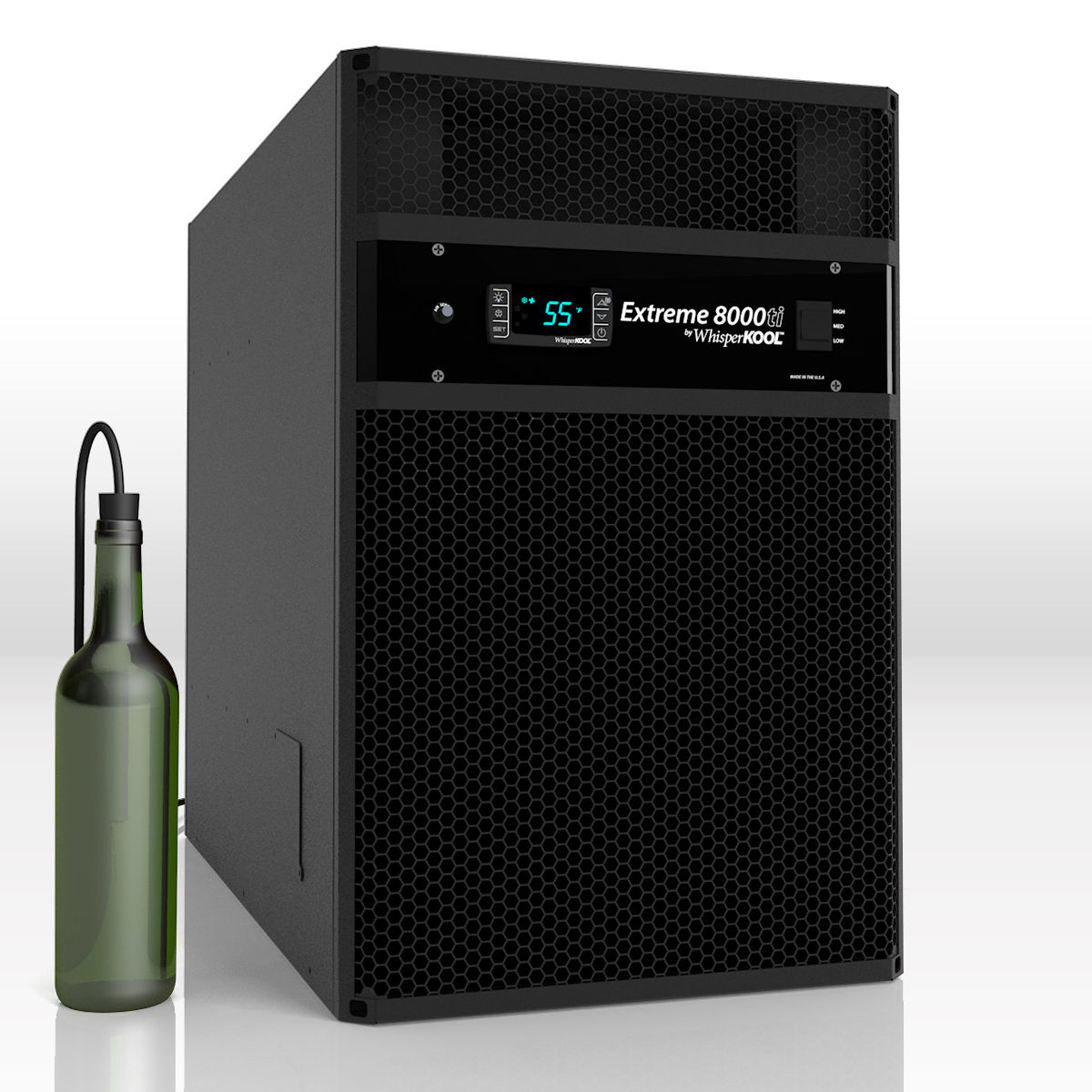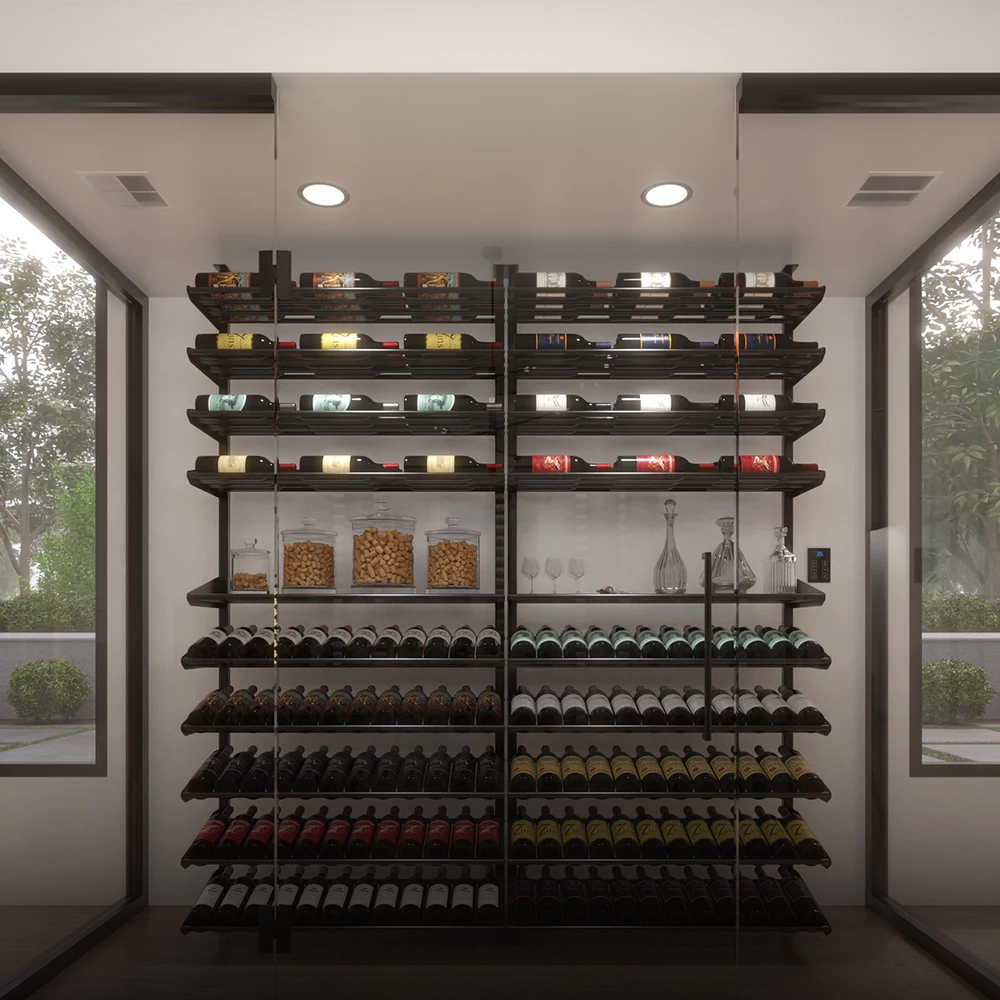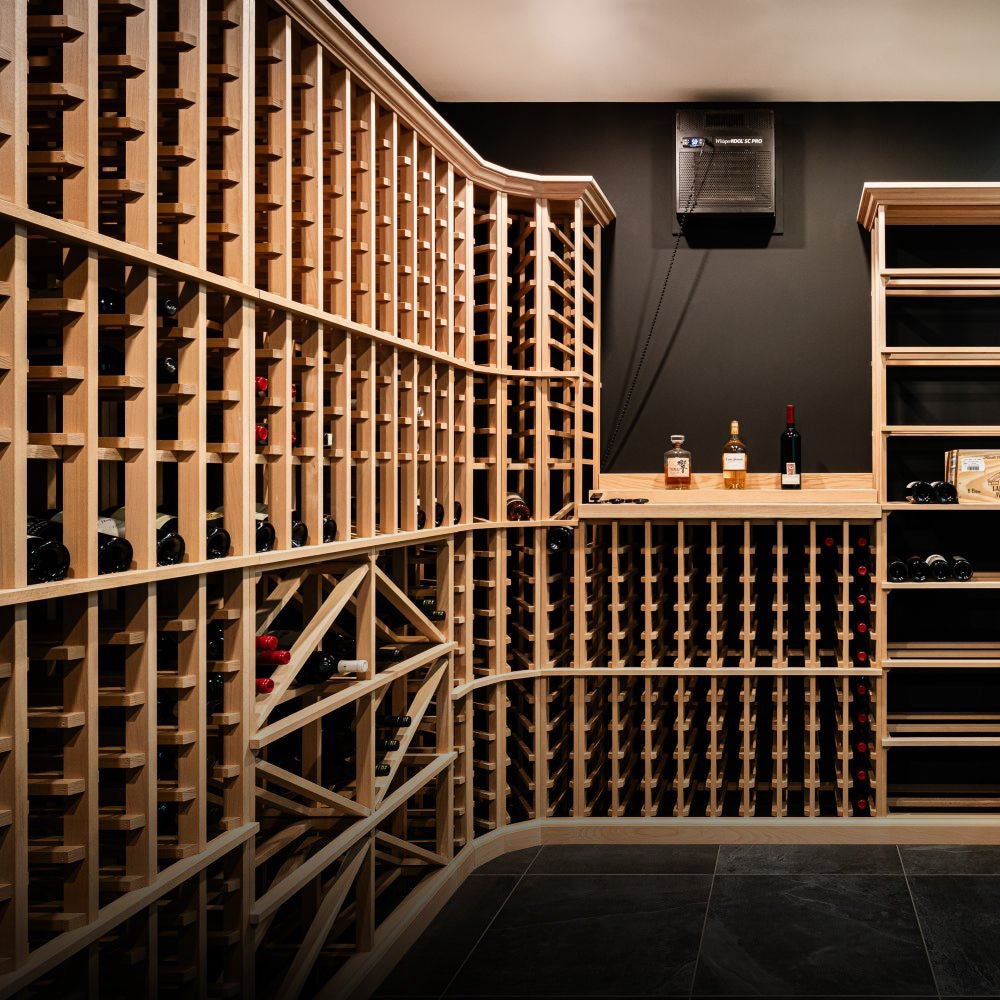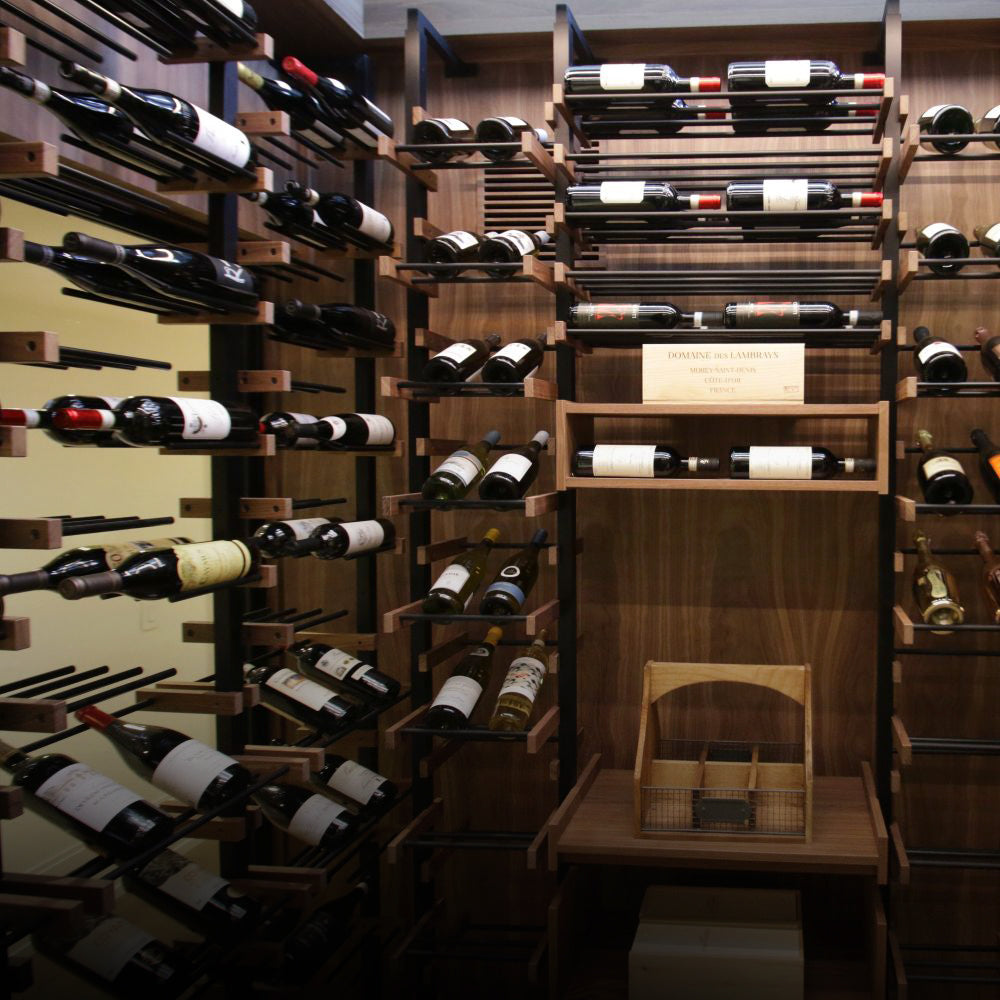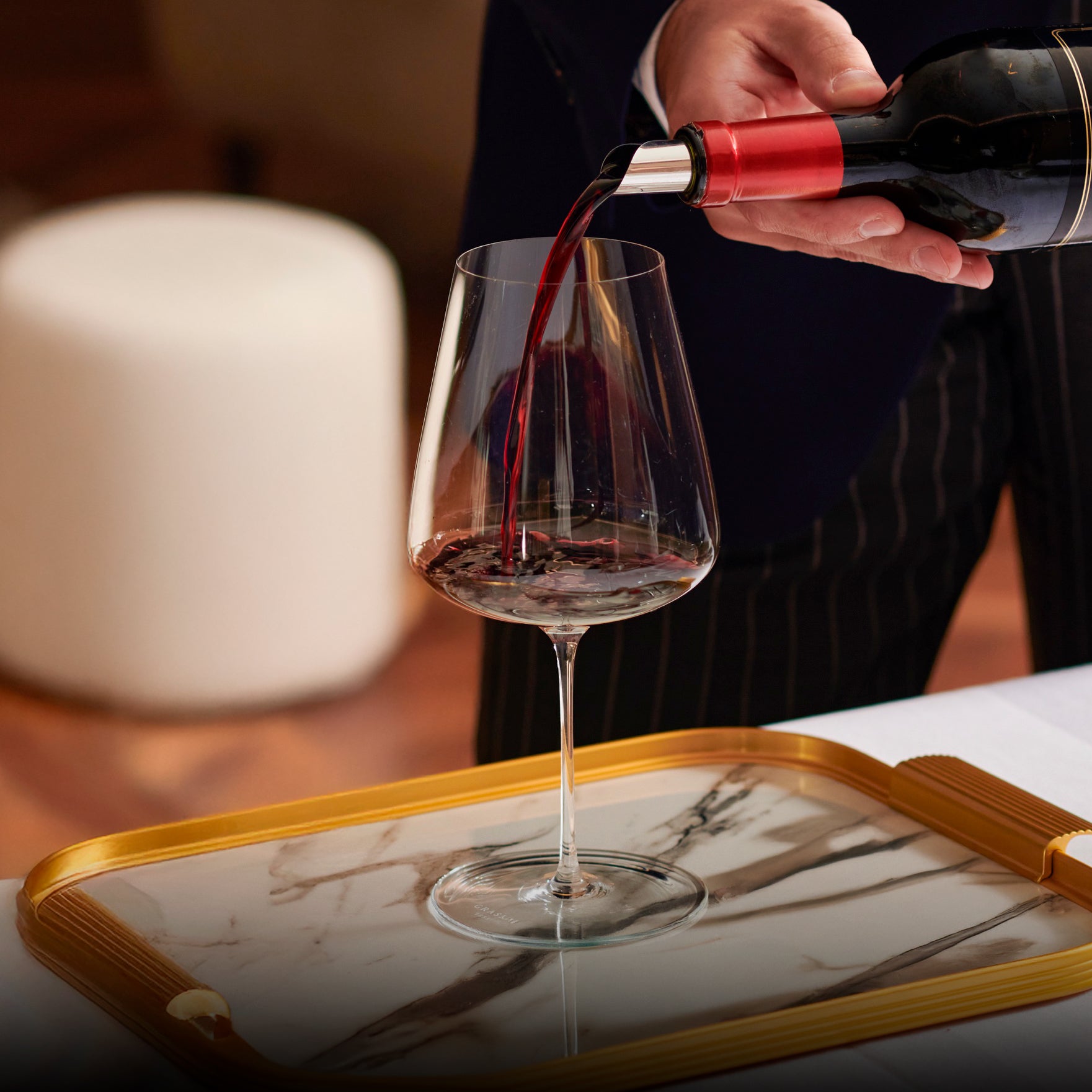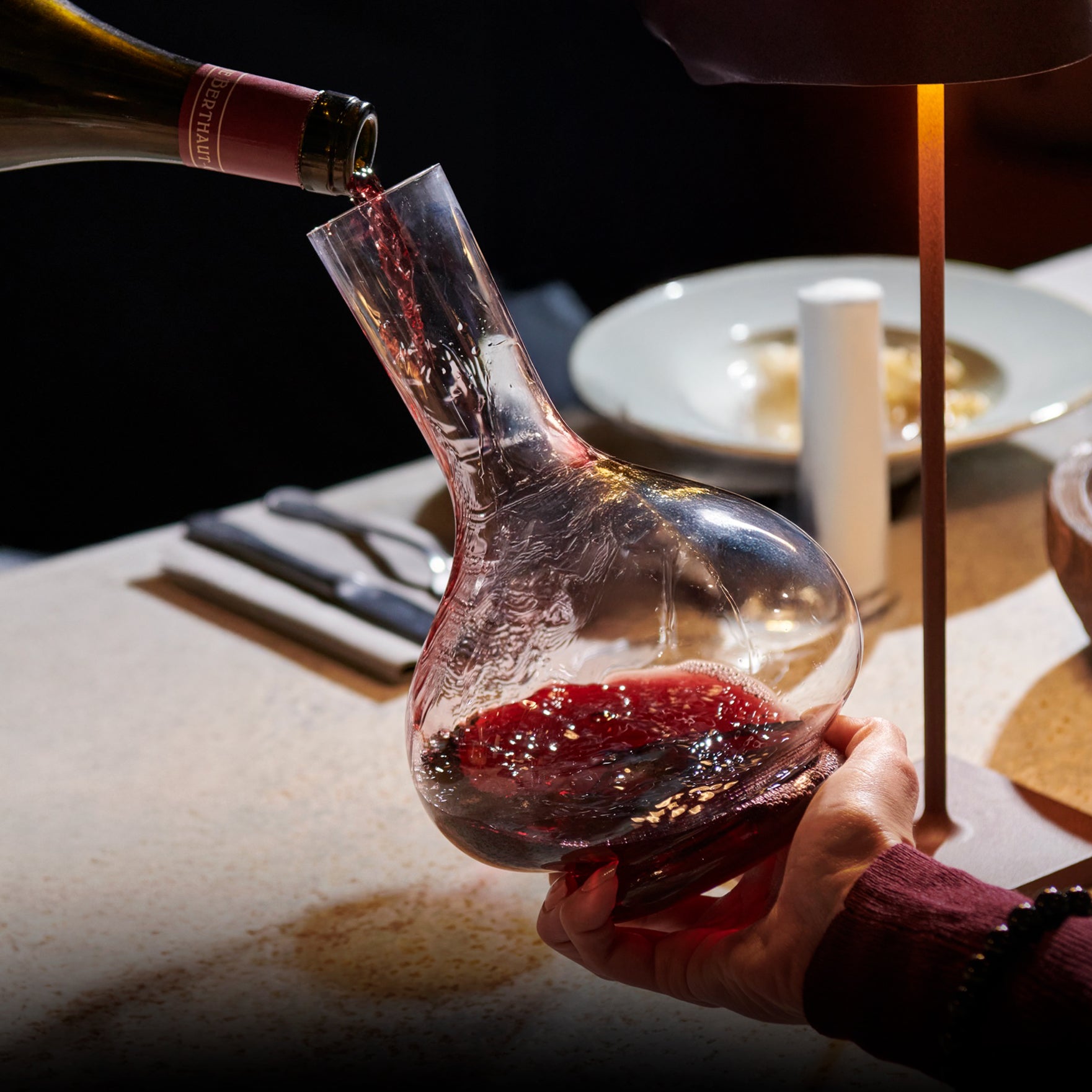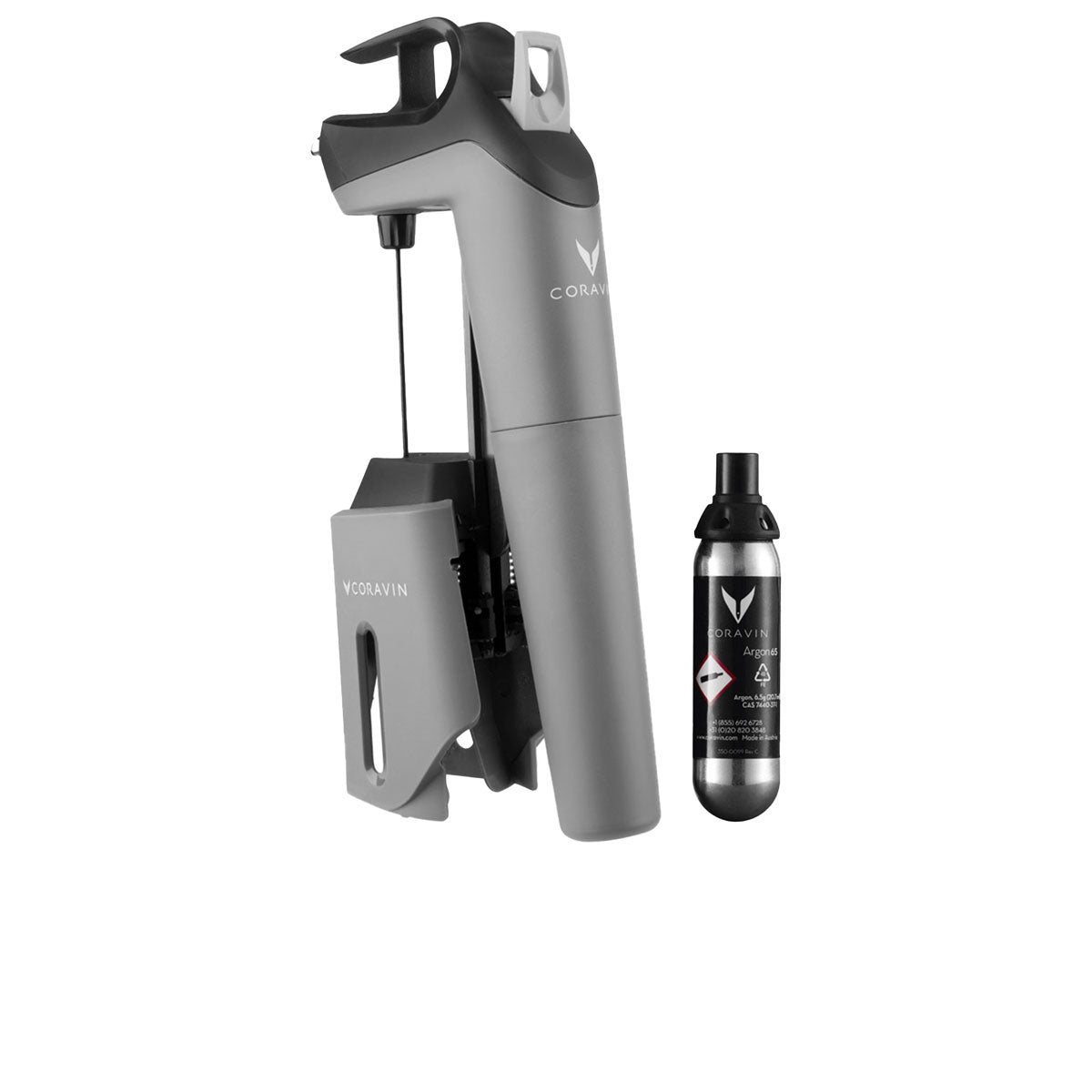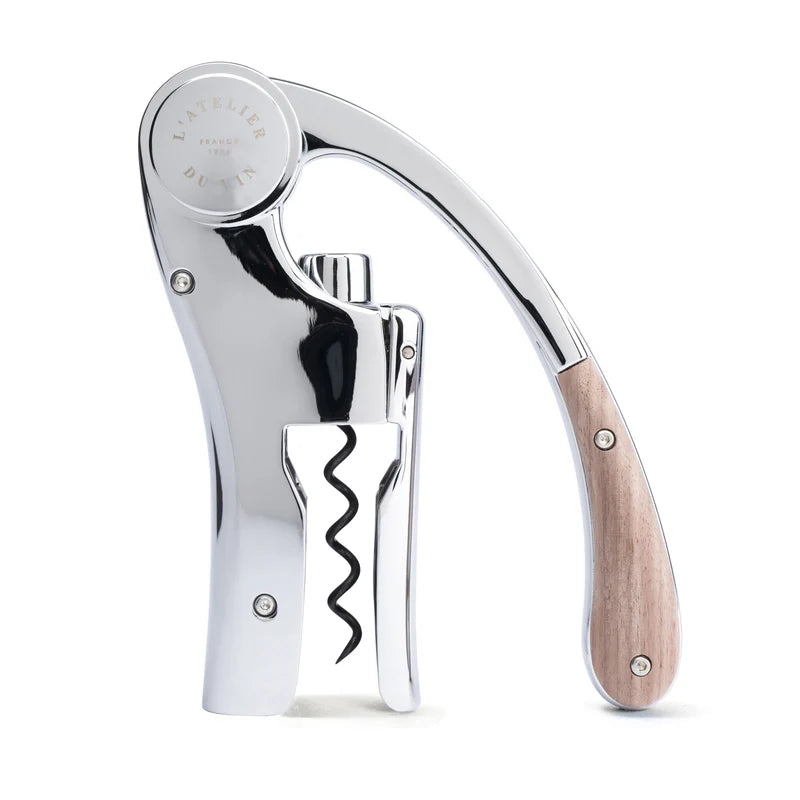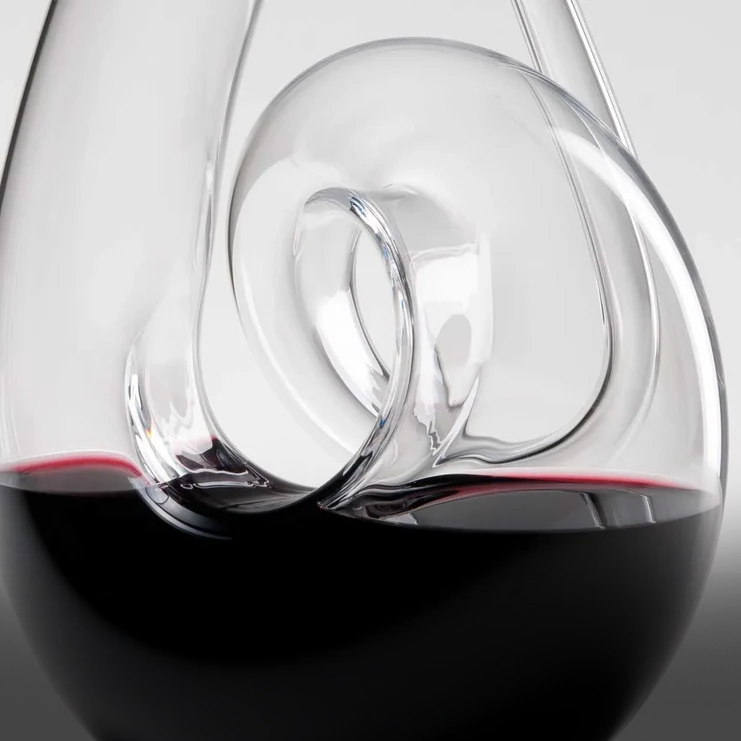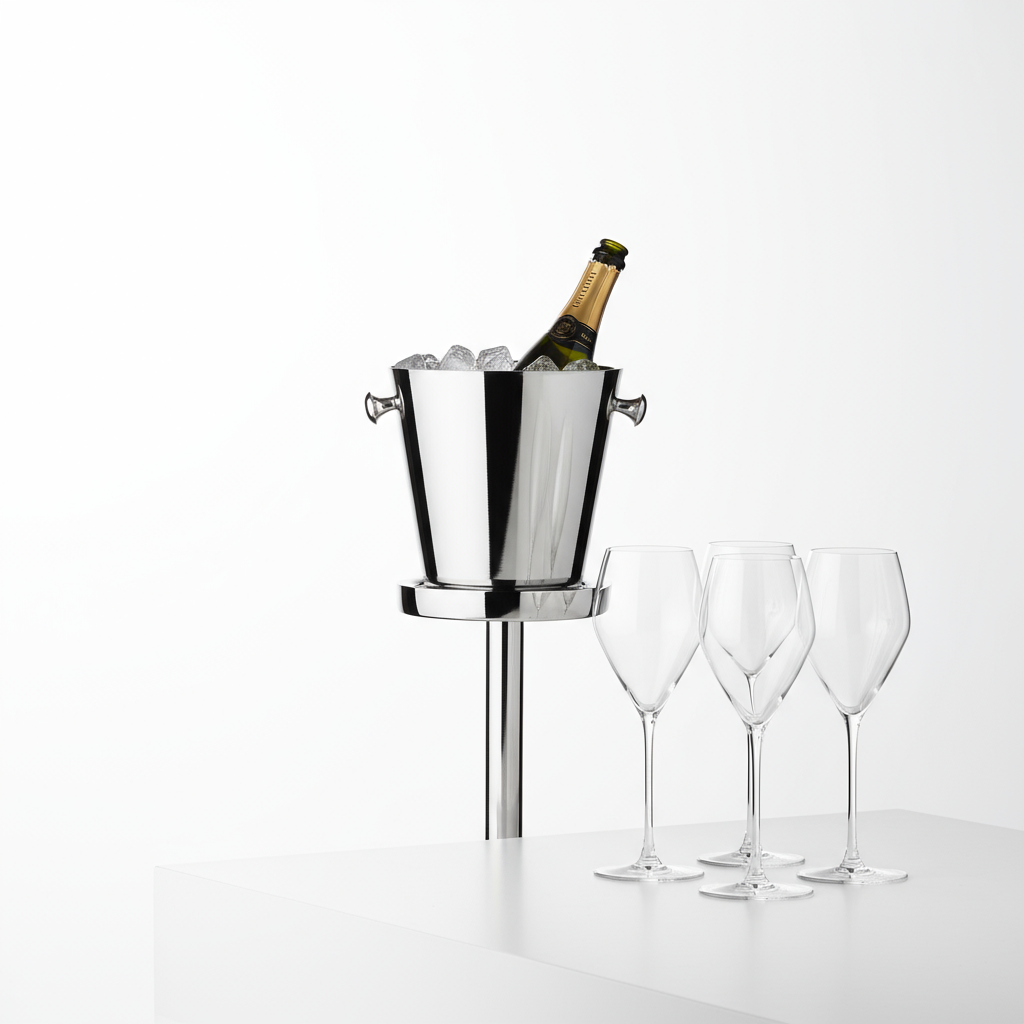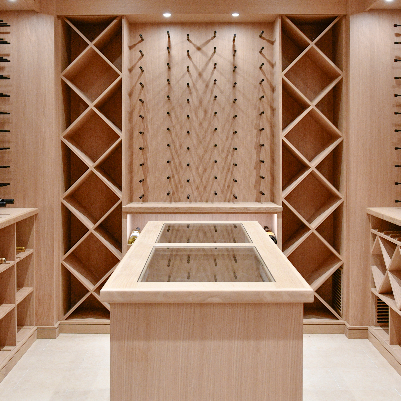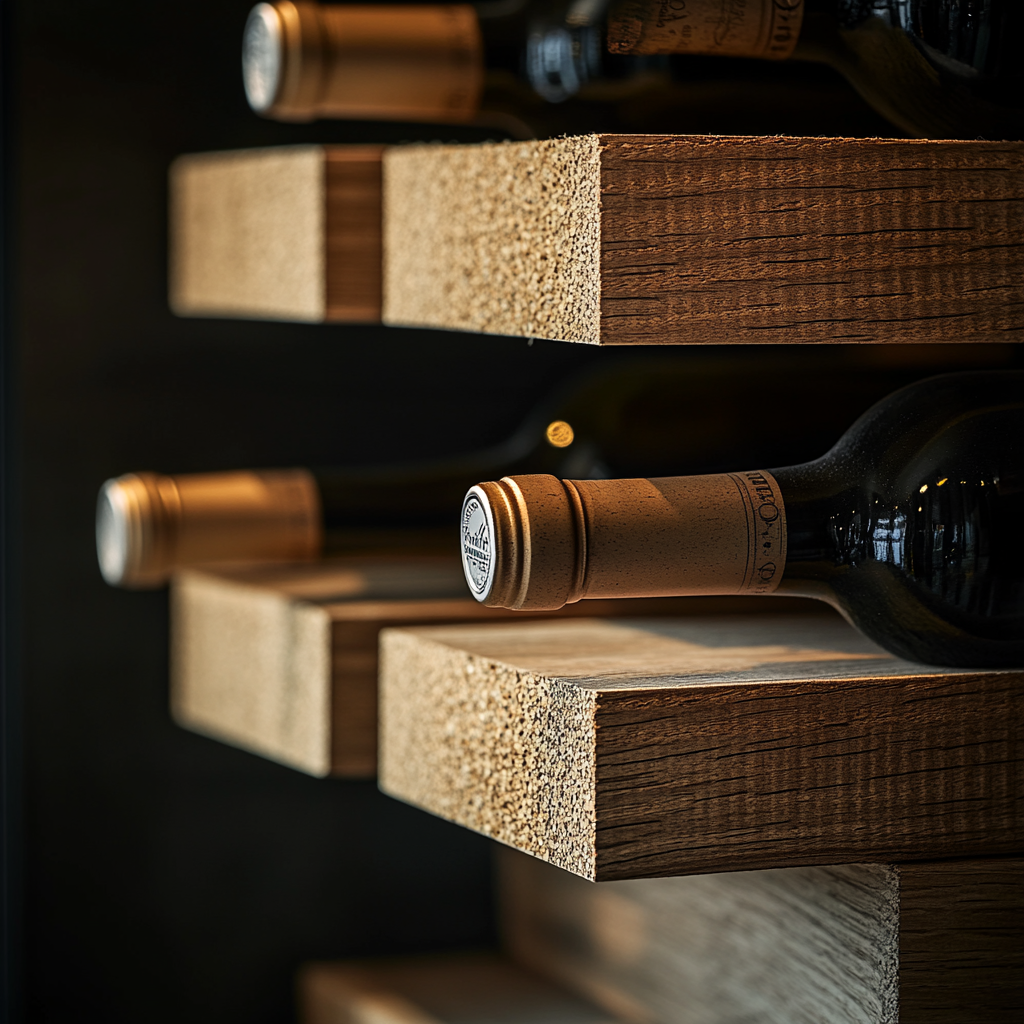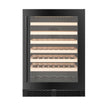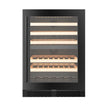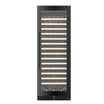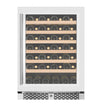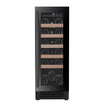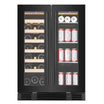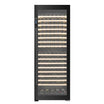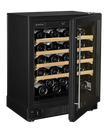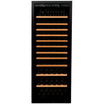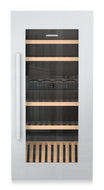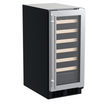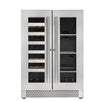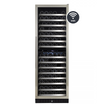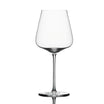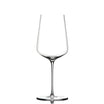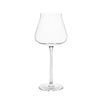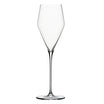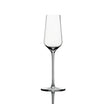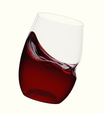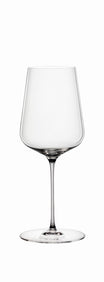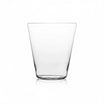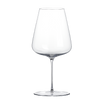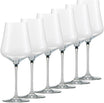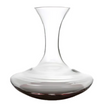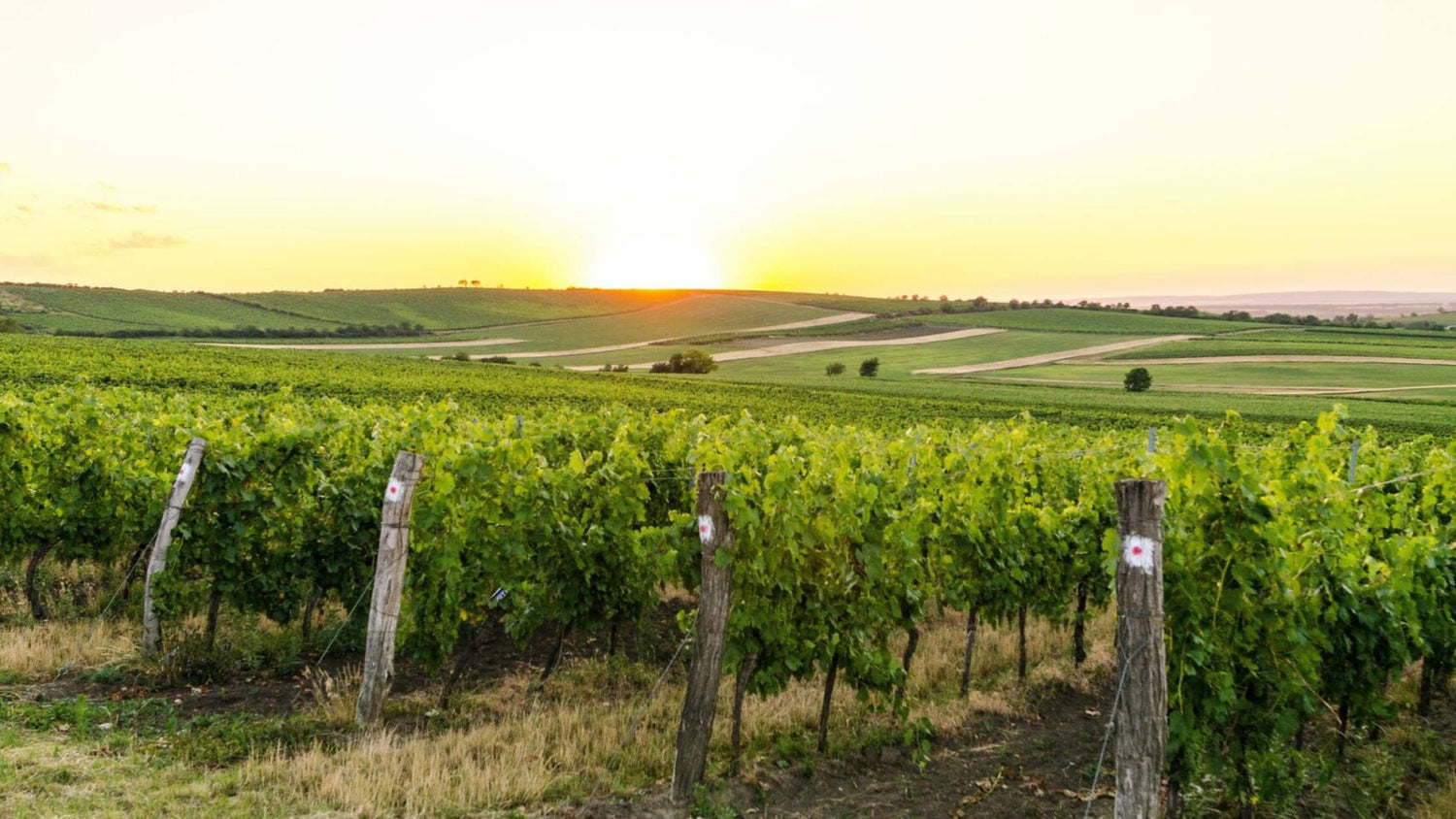Wine collectors collect premium wines for pleasure and satisfaction. Generally, collectors store and display their wines in a personal wine cellar. A home wine cellar is like having an exclusive wine club right in your own house. But it’s crucial to have the proper wine storage in wine cellars to create the proper fermentation process.
Wine storage and preservation form the art of wine collecting. Vintage wines are preserved for years, if not decades, with proper storage. Aged wine surfaces subtle tastes and textures, increasing the value and quality of the wine when the cork is finally popped.
Ensure the aging process occurs without issue. Invest in the right wine storage racks to ensure your collection of vintage bottles are stored at the proper angle. But the proper storage angle develops the quality of your collected wine.
Why you need the proper storage angle for your wine
Proper wine storage in wine cellars requires the right storage angles. Always store wine either horizontally or on a 45º angle with the cork facing down. Because you need to keep the cork wet from the wine itself. This little storage trick keeps the wine secure from unwanted airflow.
Keep oxygen out of your wine
 Oxygen is the greatest enemy to a finely preserved bottle of wine. Airflow disrupts the aging process, corrupting the phenolic compounds within the wine. Improper storage dries out the corks, condensing their size and shape. Hence, air seeps past their diminished stature and corrupts the wine.
Oxygen is the greatest enemy to a finely preserved bottle of wine. Airflow disrupts the aging process, corrupting the phenolic compounds within the wine. Improper storage dries out the corks, condensing their size and shape. Hence, air seeps past their diminished stature and corrupts the wine.
Small exposure to oxygen can deepen the flavours of the wine, creating more nuanced tastes that increase the quality of the wine. However, too much oxygen can destroy those complex flavours and ruin the wine.
Store your wine bottles at the proper angles and protect your collection from the surrounding atmosphere. Ensure your corks remain soaked in the wine to secure the bottleneck.
Wine corks are part of the proper wine storage solution

Open your wines with the “sommaliers” of wine corkscrew accessories.
Root sources for most wine corks are cork oak tree bark. The cork oak (Quercus suber) is native to the Mediterranean region, home to most of the world’s commercial cork supply. Corks are impermeable, buoyant, elastic, and fire resistant. For this reason, they’re frequently used in a variety of different products. The most common product is the wine stopper.
Corks are prone to deterioration after about ten years in a wine bottle. But the rate of deterioration is affected by ambient storage temperatures and humidity within a wine cellar. Warm and excessively humid environments create mold around the corks. Consequently, mold attacks both the integrity of the bottle and the wine itself. On the contrary, an insufficient amount of humidity may cause the cork to dry and crumble.
Are there any exceptions to wine storage angle rules?
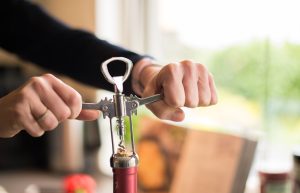 Proper wine storage angles preserve the integrity of your cork and the purity of your wine. Set your wine storage racks in a secure basement wine cellar. Moreover, you can rest easy knowing your wines are stored, safe, and secure.
Proper wine storage angles preserve the integrity of your cork and the purity of your wine. Set your wine storage racks in a secure basement wine cellar. Moreover, you can rest easy knowing your wines are stored, safe, and secure.
Now, there are two exceptions to the standard wine storage angle recommendations. What are those exceptions to proper wine storage in wine cellars? To this end, here’s a quick guide on how to improve the wine storage process.
Fortified wines
A fortified wine has a different composition than other wines commonly found in home collections. Fortified wines contain a distilled spirit, increasing the alcohol content stored within the wine bottle.
Furthermore, fortified strength makes wine less susceptible to the effects of oxidation. The distilled spirit protects the wine’s composition from being affected by excessive airflow. As a result, fortified wines should be stored in a fully vertical position. You can purchase separate wine storage racks and use them as exclusive storage space for your fortified wines.
Screw (plastic) wine stoppers
Traditionalists prefer to collect wines with vintage corks. But modern wines are also bottled using screw or plastic caps as the seal on the bottleneck. Generally, light white or fruity red wines are sealed with a screwed or plastic cap.
Typically, screw or plastic caps are not susceptible to the risks of a decayed wine cork. Oxygen is unable to permeate the seal of the caps. For this reason, the wine is protected from oxidation.
The key to these types of wines is that they’re not meant to be stored for long periods of time. Since oxygen is unable to enter or escape the wine bottle, the wine is unable to go through the aging process that occurs with traditional corks. Therefore, a screwed or plastic sealed wine bottle must be consumed before it ages for too long.
Treat your premium wines to superior storage

Treat your vintage wine cellar as the lifeblood of your wine collection. Ensure you have the proper wine storage racks to protect the complexities of your wine collection. Allow your wine to age gracefully. Then, sit back and enjoy all the subtle flavours and textures that develop from fermentation.

